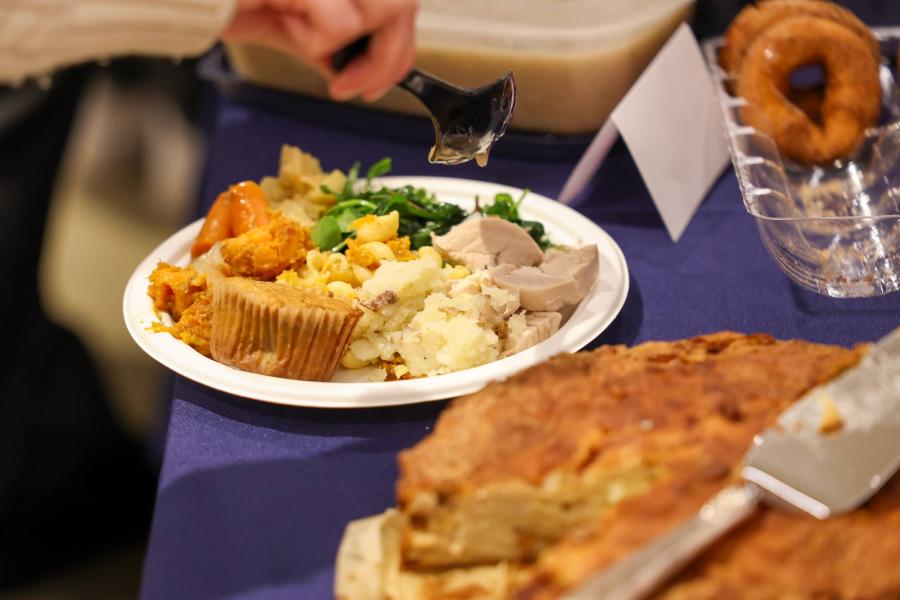Even pretending to give birth is exhausting.
Abigael Collins needs a nap after she simulates labor for students in the University of Virginia’s School of Nursing.
“Even though you’re fake screaming and crying, your body is like, ‘Oh, my God, what’s going on?’ So there’s a lot of adrenaline, and there’s an emotional crash afterwards,” Collins said.
Most of the time, Collins works as a personal assistant. Her flexible hours allow her to participate in simulations for the Nursing School, which she’s been doing since April. Collins doesn’t have a background in medicine or acting; a friend who was also acting in simulations got her interested in being what, in medical terms, is called a “standardized patient.” Collins applied and has been helping medical and nursing students practice treating real, live, human patients for a year and a half.
Collins received a loose script to follow and had watched a couple “really terrible” YouTube videos to prepare. Armed with what felt like so little, she was scared to act out symptoms in a room full of students at first. But then she started having fun.







